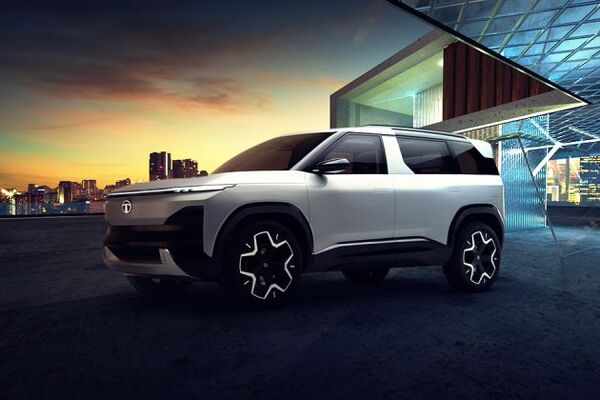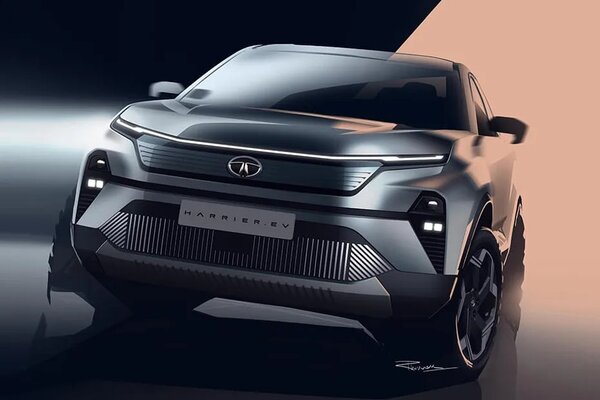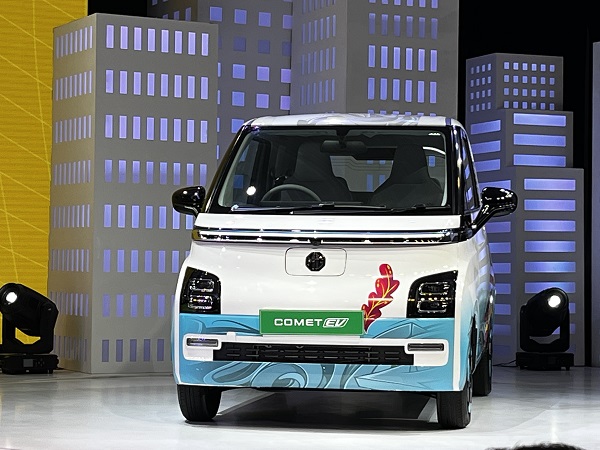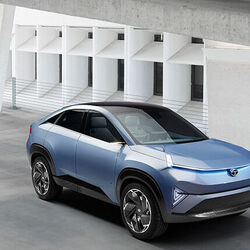China’s unloved EV chargers point to challenges for public charging stations
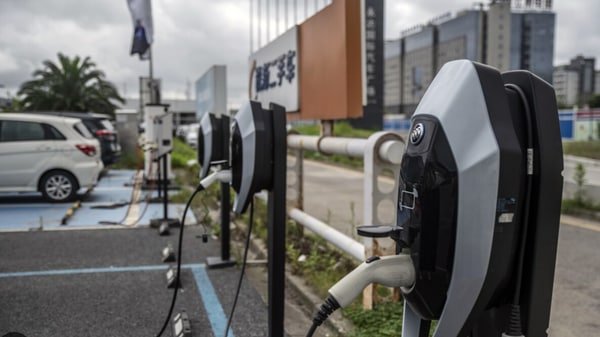

To support its transition from gas guzzlers to electric vehicles, China has rolled out more public charging facilities than the rest of the world combined. The problem is many are barely being used. New research from the Oxford Institute for Energy Studies found that public charging posts in China are used on average about once a day. Some connectors along highway routes are particularly unloved, with an average utilization rate of 1%, according to the study.
The low usage illustrates the tricky reality of public charging networks: Reliable infrastructure is needed to help ease consumers’ anxiety about running out of battery range, but more EVs are needed to make the stations economically viable. China’s predicament suggests that investments other countries are making to support higher electric-car adoption may take time to pay off.
Also check these Vehicles
“Utilization of chargers is fairly low, so you’re not going to necessarily make a lot of money by having a charging business," said Anders Hove, a senior research fellow at the Oxford Institute. “It’s going to be a very low-margin business, so you’re going to have to have some government regulation to make sure the quality is kept up."
Since it’s home to by far the largest EV market, China is a test case for the transportation transition playing out globally. The nation installed more than 1.8 million public chargers as of last year, according to data compiled by BloombergNEF. The rest of the world combined was at less than 1 million, with the vast majority of those in Europe.
All those chargers in China delivered about 21.3 terawatt-hours of electricity in 2022, about 0.25% of the country’s total electricity consumption, according to Hove, who analyzed data from the China Electric Vehicle Charging Promotion Alliance. While utilization of individual public chargers is low, they combined to deliver enough power in December alone to move each EV in China’s fleet about 1,000 kilometers (621 miles), suggesting that many drivers are using public facilities regularly, Hove said.
In many ways, the state of China’s charging infrastructure is the envy of the rest of the world. Two of the largest installers are massive state-owned utilities to whom public good can be as important as profit margins. The nation also has ubiquitous and easy-to-use mobile payment systems that make transactions hassle-free.
But the lack of utilization can still frustrate drivers. Hove, who frequently takes EV road trips across the country, has often encountered public chargers that are under maintenance or no longer working. In one instance in Beijing, he found two chargers were installed on a pedestrian-only street, an indication of how little attention some companies have paid to how the equipment could be used.
Utilization rates will likely improve as EV penetration rises. Plug-in models were 26% of vehicle sales in China in 2022 and that should rise to around a third this year, according to BNEF.
A future in which EVs are dominant also might not necessitate the same scale of public infrastructure available to refuel internal combustion engines. At least half of EV buyers in China can access a private charger, according to Oxford Institute’s report.
“China has built out this huge charging network, and it’s not clear that that’s even needed," Hove said.







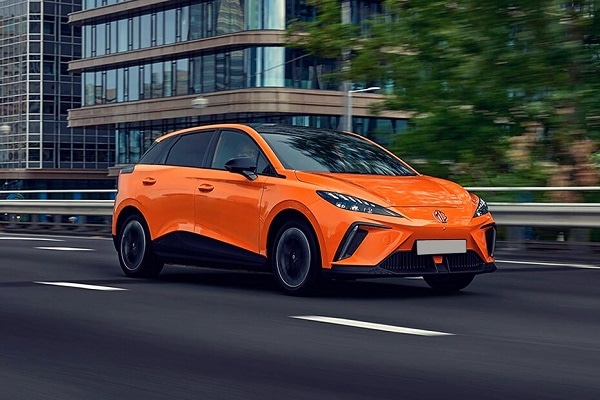
 64kWh
64kWh 350 km
350 km